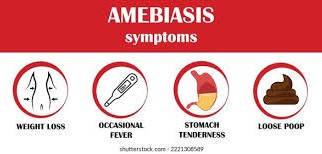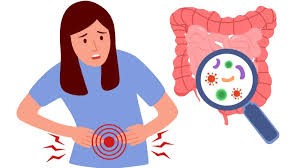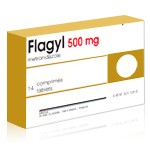Understanding Amoebiasis: A Silent Intestinal Threat


What is Amoebiasis and Why Should We Be Concerned?
Amoebiasis is a parasitic infection caused by Entamoeba histolytica, which mainly affects the intestines. But why is it so important to recognize and treat this condition early? Because if left untreated, it can lead to serious complications, including liver abscesses and even death in severe cases.
- Caused by the protozoan Entamoeba histolytica
- Most commonly contracted through contaminated food or water
- Common in areas with poor sanitation
- Can range from mild diarrhea to severe dysentery
- Often misdiagnosed due to its similarity to other gastrointestinal illnesses
This infection silently spreads in overcrowded areas, especially in developing countries, and poses a high risk to travelers, children, and people with weakened immune systems.
Signs and Symptoms of Amoebiasis
Recognizing the symptoms early is crucial in managing and treating amoebiasis effectively. Many people might not show symptoms initially, making the infection even more dangerous.
- Mild to severe diarrhea, sometimes with blood or mucus
- Abdominal cramping and pain
- Fever and chills in more serious cases
- Weight loss and fatigue
- Nausea and occasional vomiting
Some individuals may become carriers without any symptoms, unknowingly spreading the parasite to others. Early detection can prevent this silent transmission.
How Amoebiasis Spreads: The Transmission Cycle
Understanding how amoebiasis spreads can help prevent outbreaks, especially in communities with inadequate sanitation. The primary mode of transmission is the ingestion of cysts from contaminated food or water.
- Poor hand hygiene
- Consuming unwashed fruits or vegetables
- Drinking contaminated water
- Person-to-person contact through unclean hands
- Use of human waste as fertilizer in agriculture
Cysts are resistant to stomach acid and can survive in the environment for weeks, making them easy to pass from one person to another.
Risk Factors and Vulnerable Populations
While amoebiasis can affect anyone, some groups are more vulnerable due to their living or travel conditions. Being aware of these risk factors can help protect high-risk individuals.
- Travelers to endemic regions
- Residents of areas with poor sanitation infrastructure
- Institutionalized populations, like those in orphanages or prisons
- Individuals with compromised immune systems
- Children under five years old
Preventative measures such as drinking bottled water, practicing proper hygiene, and avoiding raw or undercooked food can significantly reduce the risk.
Diagnosis and Effective Treatment: The Role of Flagyl (Metronidazole)
Accurate diagnosis and prompt treatment are vital to managing amoebiasis and avoiding complications. Fortunately, there is an effective medication available—Flagyl (Metronidazole).
- Stool sample analysis to detect cysts or trophozoites
- Blood tests in cases with extraintestinal complications
- Imaging techniques for detecting liver abscesses
- Flagyl (Metronidazole) is the drug of choice
- Typically taken for 7–10 days, depending on the severity
Flagyl works by eliminating the parasite from the body, effectively treating both intestinal and extraintestinal infections. It’s essential to complete the full course to ensure the parasite is fully eradicated and to prevent recurrence.
Amoebiasis remains a public health concern, particularly in regions with limited access to clean water and sanitation. Early detection, education on hygiene practices, and access to effective treatment like Flagyl can greatly reduce the impact of this disease. By increasing awareness and encouraging safe practices, we can minimize the risk of amoebiasis spreading in vulnerable communities and safeguard global health.
Article Post: Editorial Team of RXShop.md
(Updated at Apr 5 / 2025)

